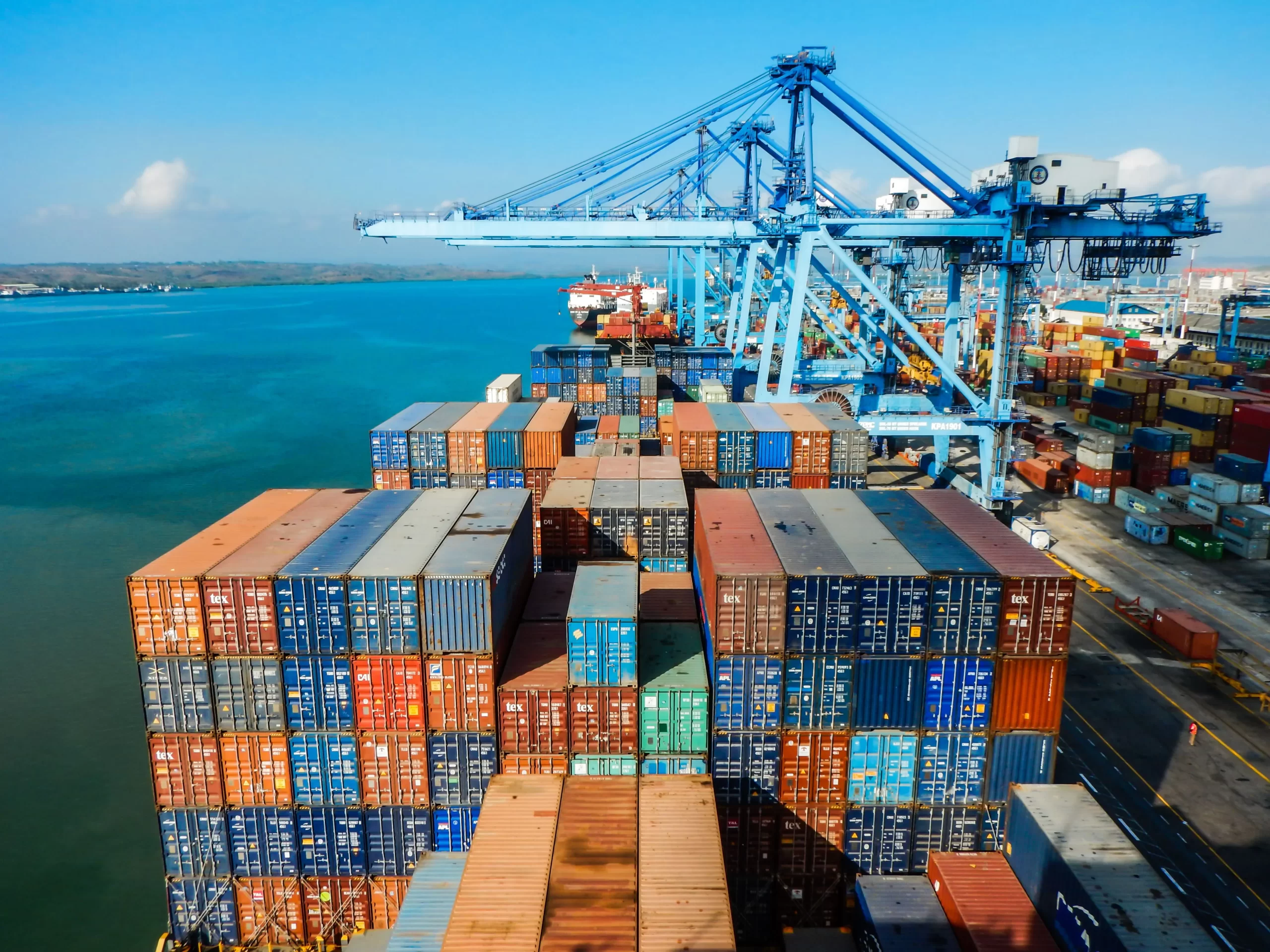Kenya, Uganda, and other neighboring countries have agreed to a raft of measures to improve cargo handling through the Port of Mombasa to the hinterland. The measures, which were announced by Kenya’s President William Ruto on Saturday, are aimed at facilitating faster movement of goods and services by reducing non-tariff barriers to trade.
One of the key measures is the immediate removal of all weighing points save for only Merikhani and at the borders for all transit cargo. This will help to reduce delays and improve efficiency at the port.
Another key measure is the removal of all roadblocks along the transit highways within Kenya’s borders. These will be replaced by Mobile Police Security. This will help to reduce security risks and improve the flow of traffic.
In a progressive move for regional integration, Ruto also announced the waiver of visa requirements for all East African travelers, including DRC personnel. This will go a long way in ensuring free movement of persons and labor between the newest partner state and the rest of the East African Community (EAC).
The government of Kenya will no longer be responsible for the provision of scanners, which will now be a responsibility of the private players at the port. This will help to reduce costs and improve efficiency.
The users of the port will now also experience extended work hours, as it will now be operational 24 hours a day. This will help to improve efficiency and reduce congestion.
The different systems being employed at the Port for clearing of goods will also be harmonized and automated. This will help to reduce delays and improve efficiency.
The Kenya Ports Authority has also been directed to immediately put in place Fresh Product Efficient Export Mechanisms to support Fresh Food export.
The leaders of the neighboring countries will re-assemble in 90 days to assess the progress made on implementing these measures.
This is a positive development for the EAC and will help to boost trade and economic integration in the region.




